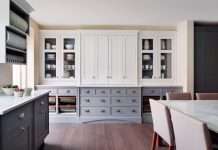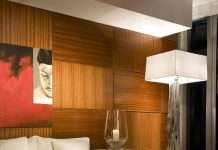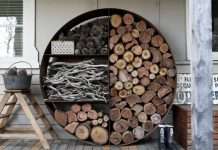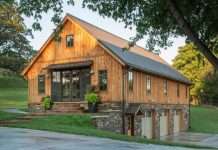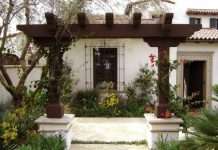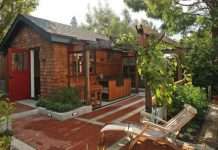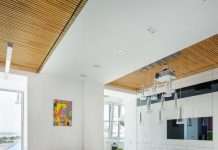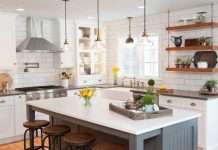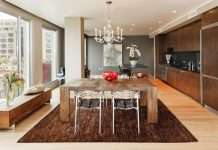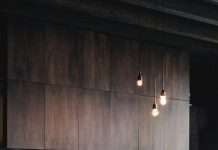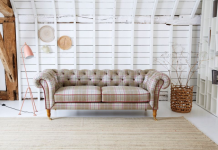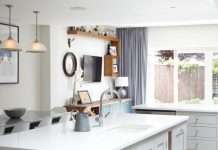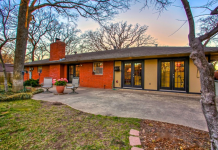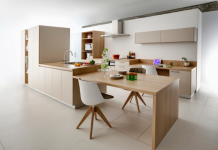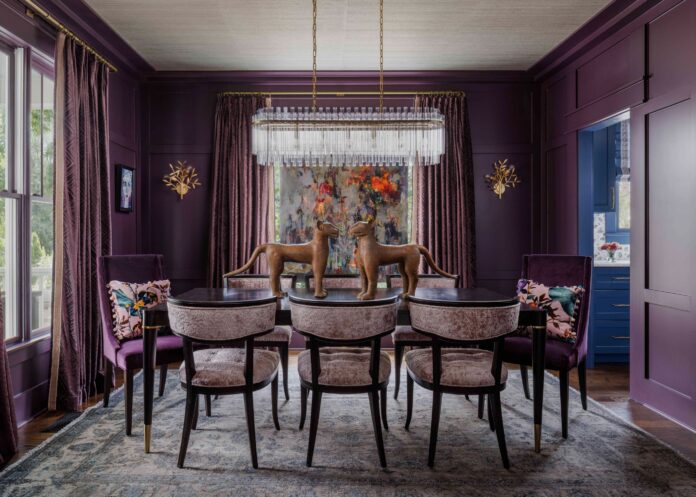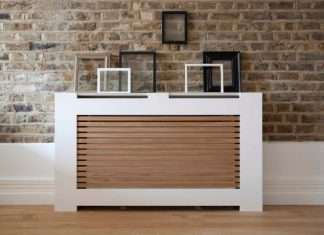For years, the open-concept kitchen-dining area reigned supreme in home design. Now, interior designers are increasingly seeing a shift: the formal dining room is making a comeback. This isn’t just nostalgia; it reflects changing lifestyles and a renewed emphasis on intentional gathering. The question isn’t whether formal dining rooms are back —it’s why they never truly went away for some, and why they’re now more relevant than ever.
The Shift Back to Defined Spaces
The surge in open-plan living coincided with the rise of remote work and casual entertaining. Kitchen islands became the focal point, blurring the lines between cooking, eating, and socializing. However, as routines stabilize and people return to more structured hosting, a desire for dedicated spaces has emerged.
According to Victoria Holly, a designer based in Los Angeles, formal dining rooms are experiencing a “renaissance.” She observes that people are again prioritizing dedicated areas for entertaining, a need that casual spaces simply can’t replicate.
Timeless Appeal and Architectural Harmony
Some designers maintain that formal dining rooms were never out of style. Stephanie Abernathy of Studio Wellington asserts that these spaces are “classic” and fulfill a fundamental function: elevating dining into a distinct experience.
The suitability of a formal dining room also heavily depends on the home’s architecture. Jennifer Jones of Niche Interiors explains that these spaces make perfect sense in traditional homes where layouts are designed around them. However, she acknowledges that open-concept designs are a better fit for contemporary homes.
Functionality in the Modern Home
Even if you don’t host lavish dinner parties, a formal dining room doesn’t have to be a wasted space. Designers suggest several ways to maximize its utility:
- Dual-Purpose Design: Use the room as a flexible space—a small sitting room, a home office with concealed storage, or a multi-functional area.
- Versatile Lighting: Install a dimmer switch to adjust the ambiance for different activities.
- Built-In Bar: Integrate a bar to streamline entertaining and reduce trips to the kitchen.
- Extension Tables: Utilize tables with leaves for everyday use, while being able to accommodate larger gatherings when needed.
“One of our favorite designer tricks is to use extension dining tables. Utilizing a smaller dining table for everyday use and family meals allows more room for other activities during most of the year while providing the ability to seat 10-12 for holiday gatherings.” — Jennifer Jones, Niche Interiors
The modern formal dining room isn’t about rigid formality; it’s about creating a space that adapts to your lifestyle while adding a touch of intentionality and elegance.
In conclusion, the resurgence of the formal dining room is driven by a desire for defined spaces, elevated experiences, and versatile functionality. Whether you’re embracing tradition or adapting it to modern living, the formal dining room is proving its enduring relevance in contemporary home design.














